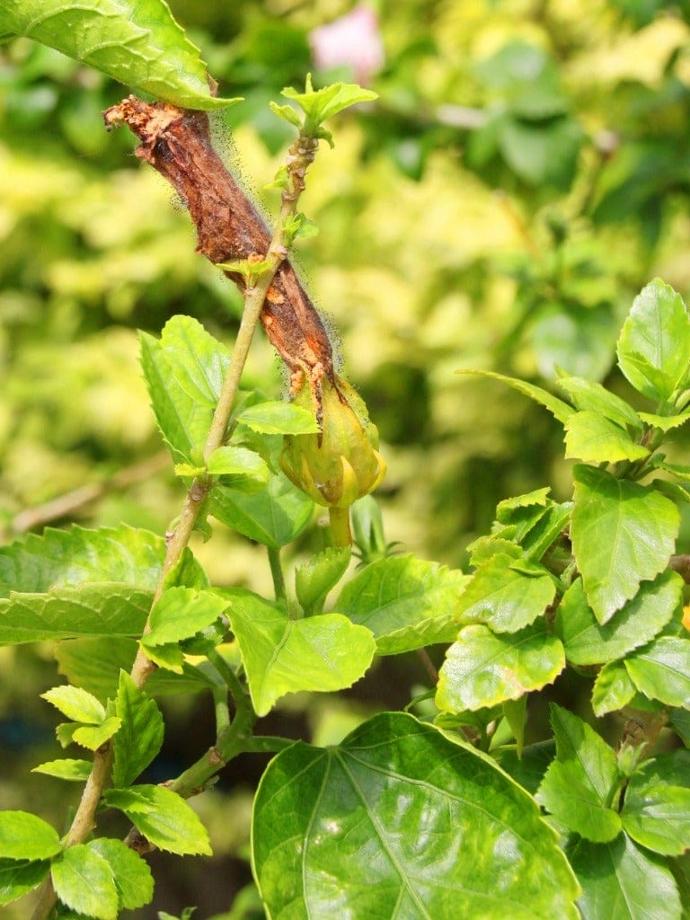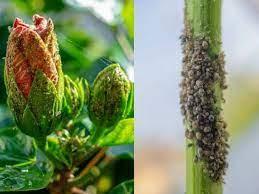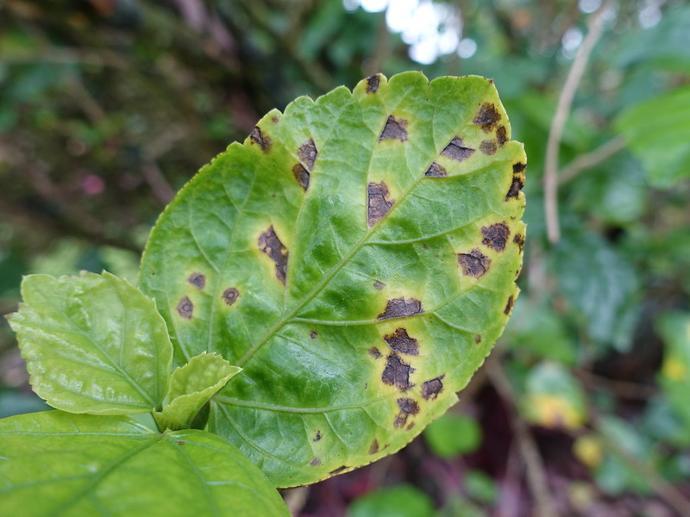Hibiscus
Hibiscus, a beautiful flowering shrub, thrives in zones 5-9 with a fast growth rate. Well-drained soil and full sun are ideal. Besides ornamental purposes, Hibiscus flowers are used in herbal teas.
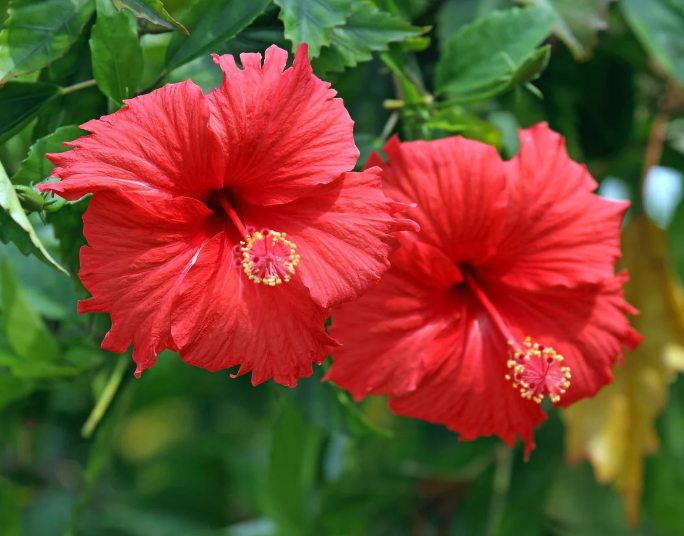
Habit
Shrub
Height
1-3 m
Growth
Fast
Soil
Well-drained, loamy soil
Shade
Full Sun
Moisture
Moderate
Edible
No
Medicinal
Yes
Origin
Tropical Asia
Climatic Condition
Tropical, subtropical
Temperature (°)
20-30°C
Humidity (%)
60-80%
Potting media
Loamy, well-draining
Fertilizers
Balanced fertilizer
Watering
Water regularly, prefers moist soil
Plant Weight
1-3 kg
Flowering Time
Summer to Fall
Soil Ph level
6.0 - 7.5
Water Ph level
6.5 - 7.0
Soil EC
1.0 dS/m
Yield Per Plant
50-100 flowers
NPK ratio
10:10:10
life Span
Perennial
Health Benefits
Used in traditional medicine for its anti-inflammatory properties.
Suggested Grow Media or Potting Mix ?
50% peat, 25% compost, 25% sand
Suggested Fertigation/Fertilizers
Fertilize every 2-3 weeks with a balanced fertilizer.
Common Diseases and Remedies
Wilting , Powdery Mildew .
Yellowing leaves, distorted growth, powdery substance on leaves
Timely Pruning , Avoid over head irrigation .
HEALTH BENEFITS
· Known for lowering blood pressure, improving liver health, and supporting weight management.
· Rich in antioxidants and vitamin C, beneficial for immune health.
What Is An Hibiscus Plant ?
The hibiscus plant, known scientifically as Hibiscus, is a type of flowering plant within the Malvaceae family. Its vibrant and large flowers come in a range of colours like red, pink, yellow, orange, white, and purple. Hibiscus plants are commonly found in tropical and subtropical regions worldwide, including Asia, Africa, and the Americas. They are popular for their beautiful blooms and foliage in gardens, landscapes, and indoor spaces, and are also used for culinary, medicinal, and cultural purposes.
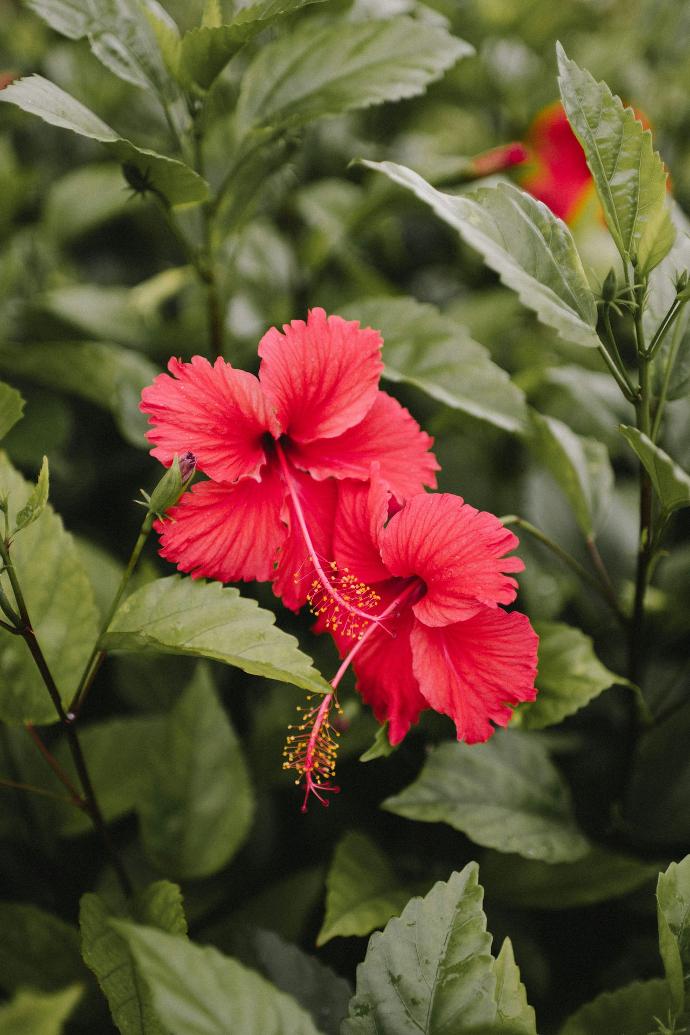
What Are The Different Types Of Hibiscus Plants?
There are various hibiscus plants with unique features and growing needs. Tropical hibiscus is popular for its colourful flowers, while hardy hibiscus can withstand colder temperatures. Dwarf hibiscus is grown for its edible calyxes, and there are native hibiscus species from different regions.
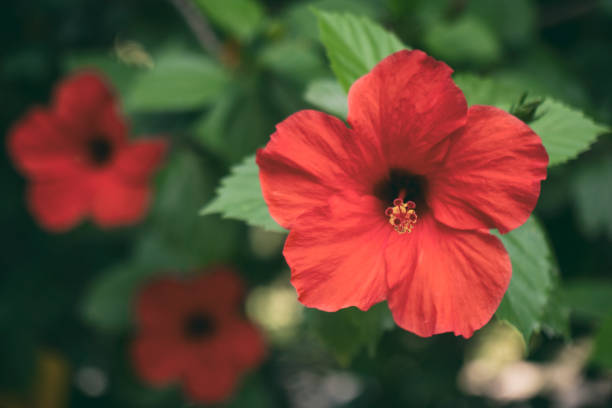
How to care for Hibiscus Plant ?
Caring for hibiscus plants involves several key steps to ensure they thrive and produce abundant flowers. Here are some essential care tips:
1. Location
Hibiscus plants thrive in warm, sunny locations, making them ideal for growing in tropical and subtropical climates. However, they can also be grown in temperate regions with proper care and protection from frost . Overall, selecting a sunny, sheltered location with well-draining soil and protection from frost and wind is key to successfully growing hibiscus plants. With the right growing conditions and care, you can enjoy beautiful, colourful flowers and lush foliage from your hibiscus plants year after year.
2. Sunshine
Hibiscus plants need plenty of sunlight to grow well and have lots of flowers. Place them in an area with 6-8 hours of direct sun daily, ideally in the morning or early afternoon .
3. Soil
Hibiscus plants thrive in soil with good drainage and high organic content. They prefer slightly acidic to neutral soil with a pH of 6.0-7.0. If your soil is heavy or clay-like, add compost or organic matter to enhance drainage and fertility.
4. Hydration
Keep the soil consistently moist without being waterlogged by watering hibiscus plants deeply, letting the water reach the root zone, and allowing the top few inches of soil to slightly dry out before watering again. Root rot can be caused by overwatering.

5. Nourishment
Proper nourishment is essential for the health and vitality of your hibiscus plant. Use a balanced fertilizer designed for flowering and add organic material like compost or well-rotted manure to improve soil quality and fertility, ensuring a consistent nutrient supply for the plant.
6. Issues
Common pests that may harm hibiscus plants include aphids, scale insects, whiteflies, and spider mites. It is important to regularly check for signs of pest infestation. Hibiscus plants are also prone to fungal diseases like powdery mildew, leaf spot, and root rot. Leaf drop can be caused by stress factors such as overwatering, underwatering, and rapid temperature changes.
What are the Benefits of Hibiscus Plants ?
Benefits of hibiscus plants are numerous, making them a popular choice for gardens, landscapes, and indoor spaces. Hibiscus plants offer beautiful, large, and colourful flowers in a variety of shades. These vibrant blooms attract pollinators and support local ecosystems. Certain species have medicinal properties, with hibiscus tea believed to have health benefits. The calyxes can also be used in culinary applications, adding flavor and color to dishes. Hibiscus plants are low maintenance and versatile, suitable for various garden styles. In many cultures, hibiscus flowers hold symbolic significance related to beauty, love, and femininity.
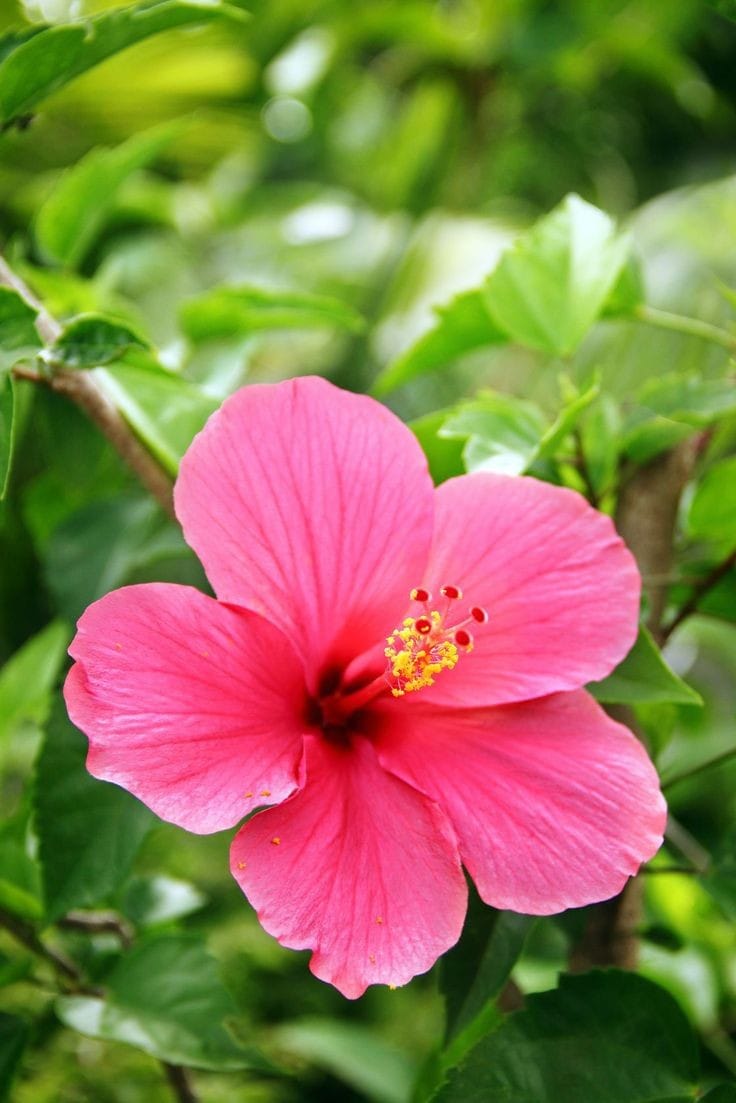
FAQs About Growing Hibiscus
1. What sets apart tropical and hardy hibiscus plants?
The key distinction between tropical and hardy hibiscus plants lies in their ability to withstand cold temperatures. Tropical hibiscus plants are not frost-resistant, usually serving as annuals or brought indoors in colder regions, whereas hardy hibiscus plants are cold-resistant perennials that can survive winter weather and regrow in spring.
2. What are the medicinal uses of the hibiscus plant?
The hibiscus plant is utilized in traditional herbal medicine. Hibiscus tea, made from the dried calyxes of the plant, is believed to offer various health benefits, including lowering blood pressure, reducing cholesterol levels, and aiding in weight loss.
3. Can hibiscus plants handle frost?
Most hibiscus plants are not able to tolerate frost and should be shielded from freezing temperatures.
4. What meanings does the hibiscus flower carry in different cultures?
Hibiscus flowers symbolize beauty, love, femininity, and hospitality in diverse cultures across the globe.
5. What soil pH range do hibiscus plants thrive in?
Hibiscus plants prefer soil that is slightly acidic to neutral, with an ideal pH range of 6.0-7.0.
